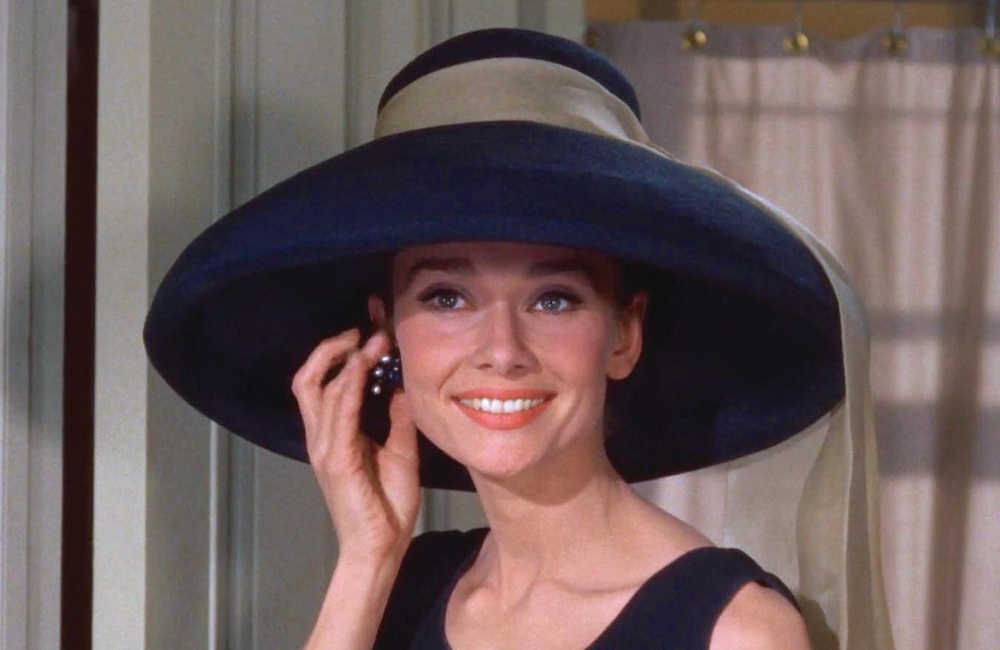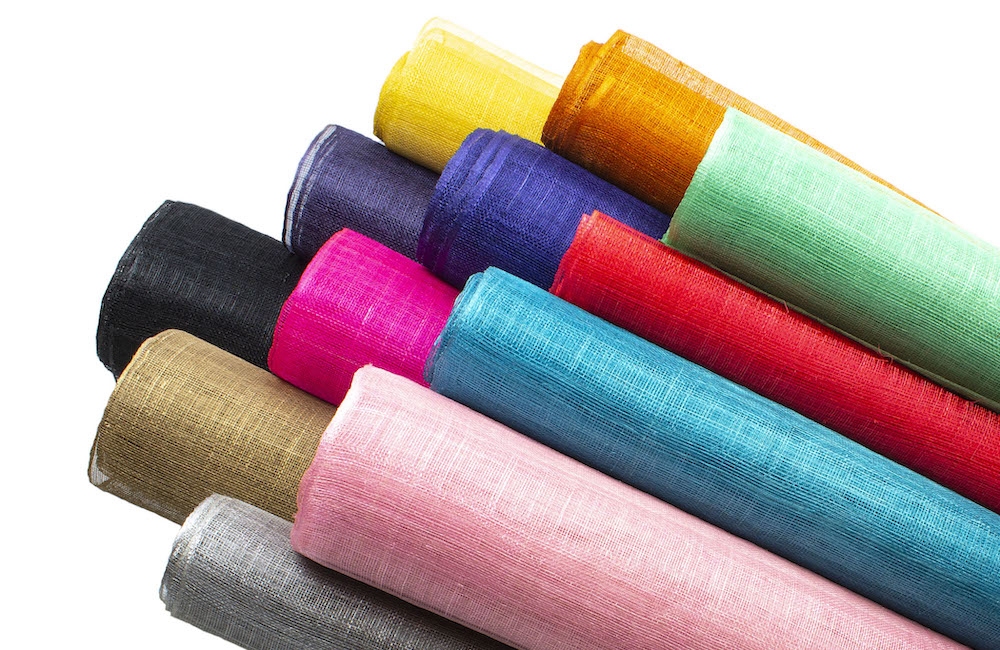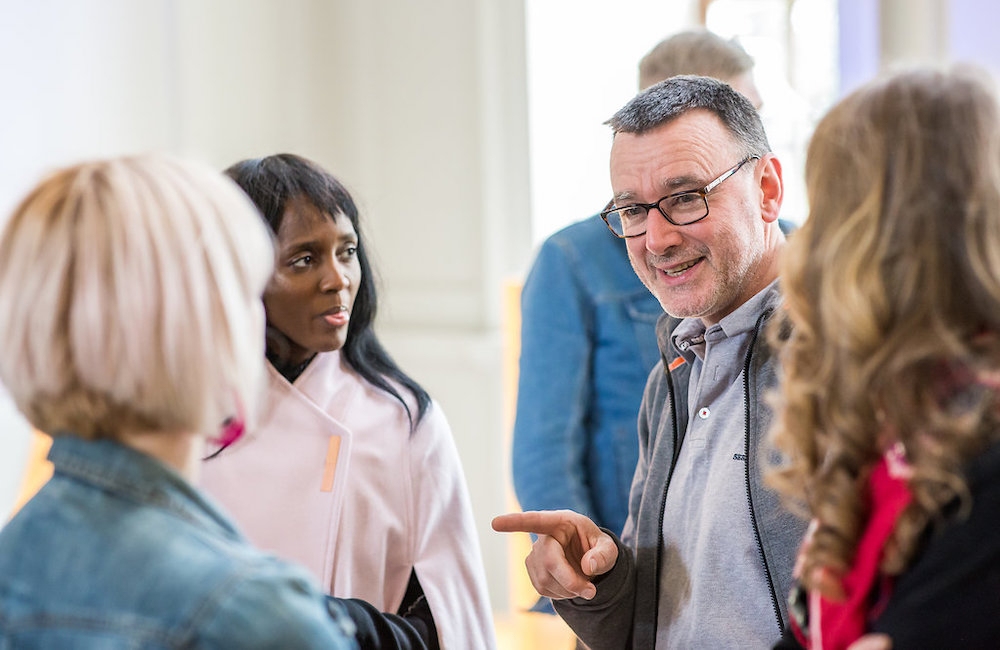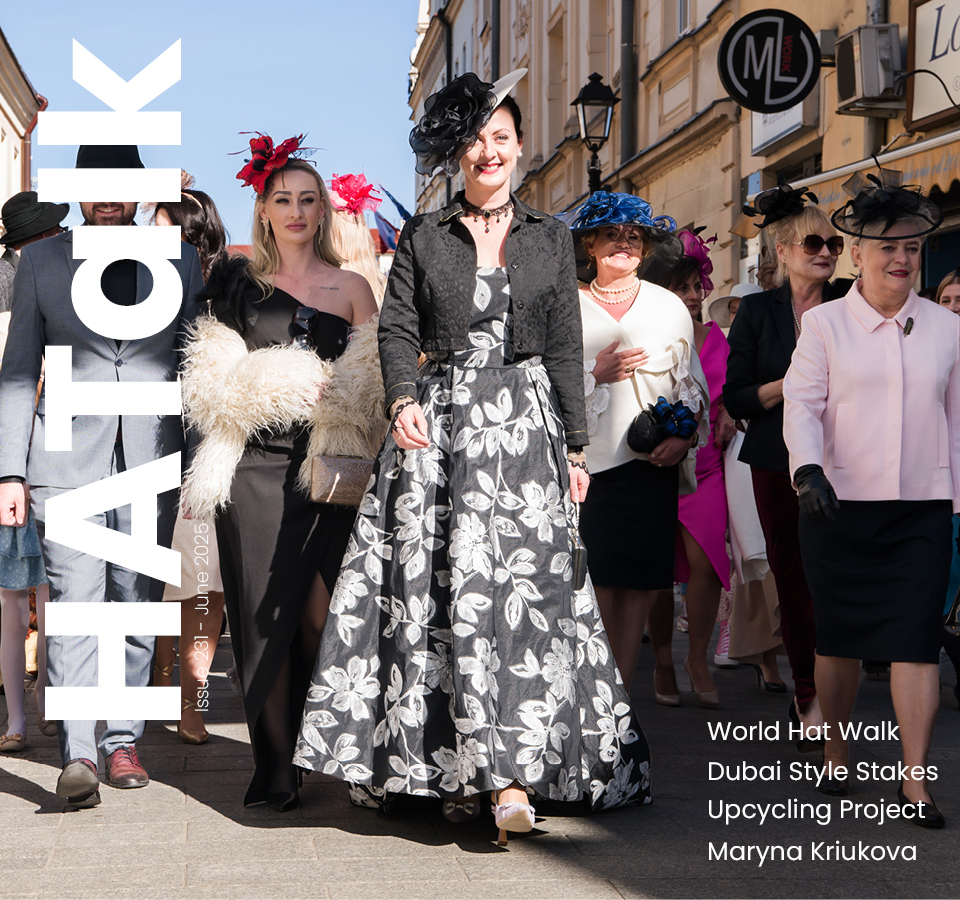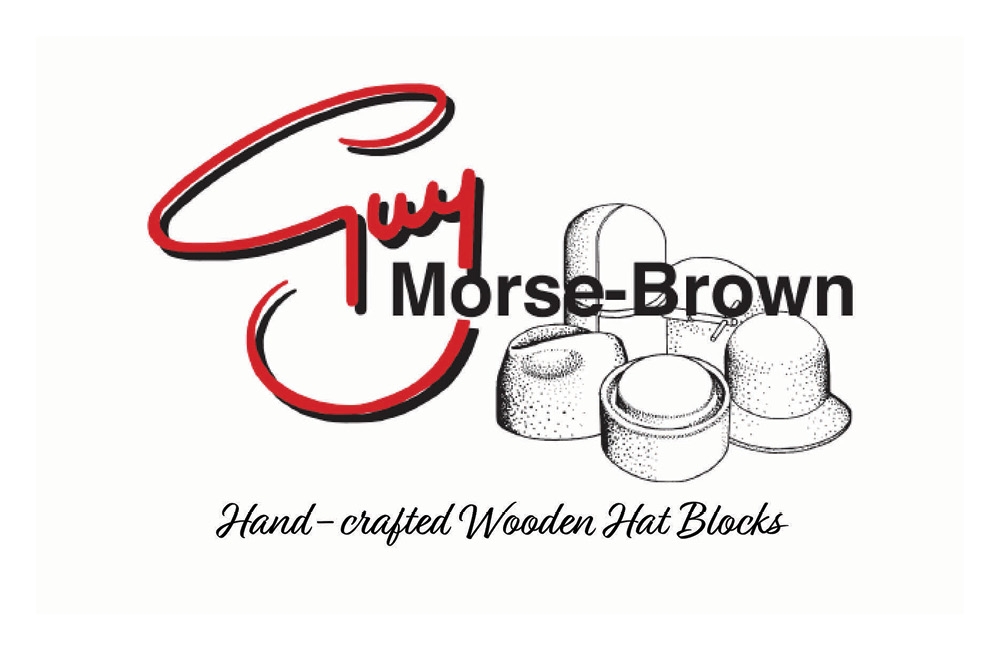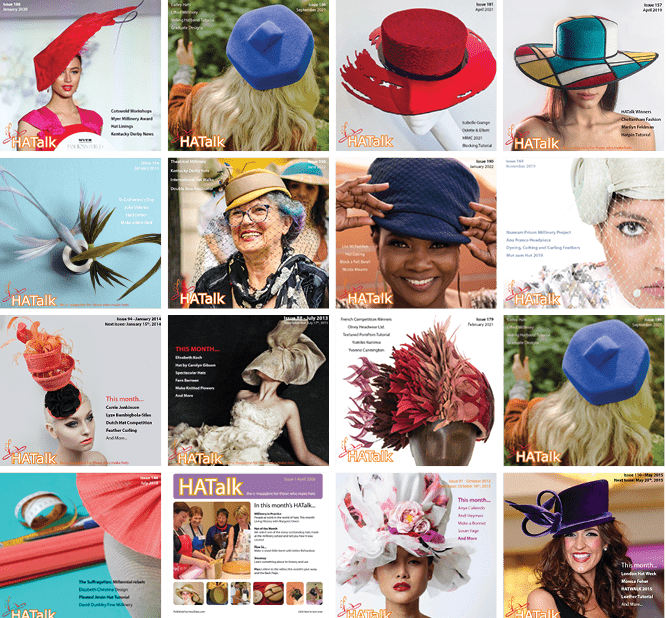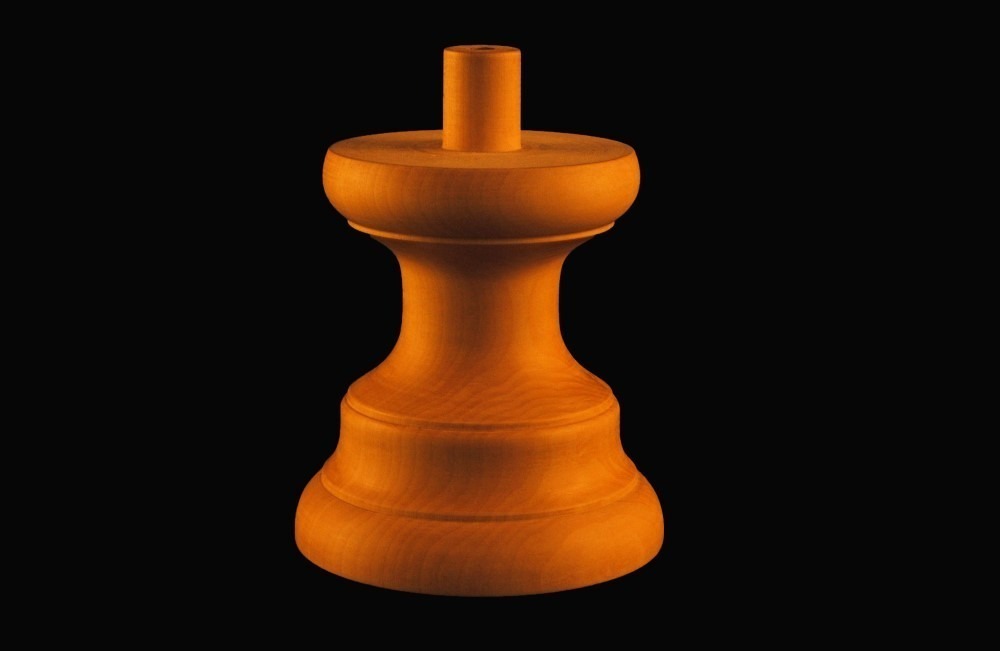Blog / Millinery History
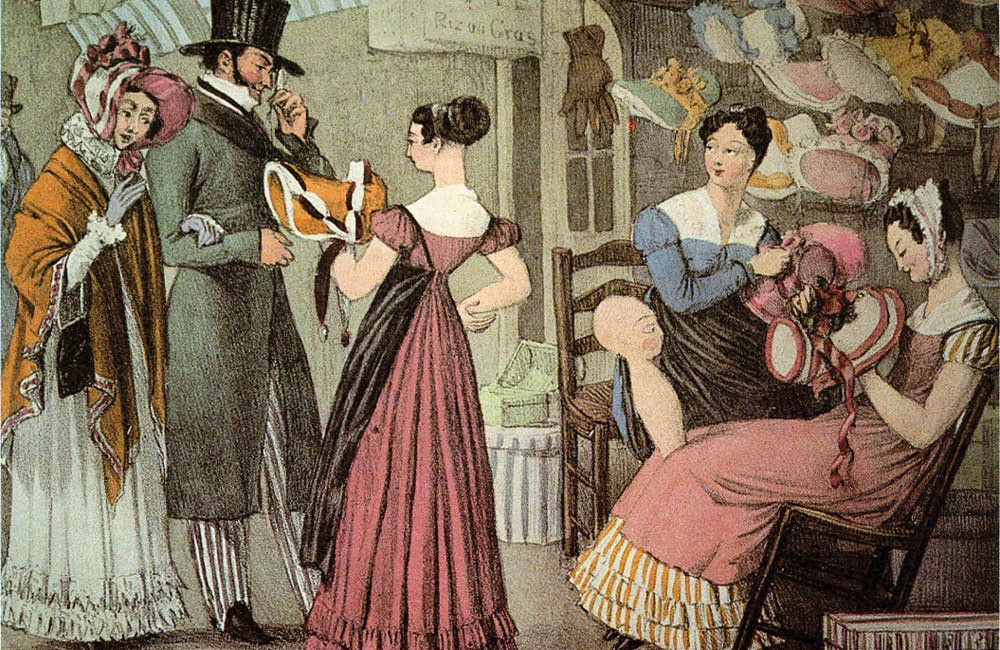
Millinery History
A Brief Overview of the History of Millinery
The Origins of Millinery
Hats have been worn for thousands of years. Initially, they were primarily used for military, religious or survival purposes. It wasn’t until the development of the fashion industry in the 18th century that millinery became a profession.
The word milliner comes from the word Milan. In the Middle Ages, the Italian city was the hub of the world’s textile and fashion trade. Those making fashionable ladies hats became associated with the city because of the materials they used.
While a hatter made hats for men, a milliner came to mean someone who made or trimmed women’s hats and millinery was a profession primarily occupied by women. In the 1822 drawing above, artist John James Chalon depicted a millinery shop in Paris.

Modern culture and design innovations have moved millinery into fashion for all genders. Fashion icon Billy Porter (above), a supporter of up and coming milliners as well as high end designers, is an exciting example of this shift.
20th Century Millinery History
In Europe and North America, the wearing of hats used to be commonplace. Regardless of status, income or age, it was good etiquette to have a hat on your head when leaving the house.
After the first World War, greater numbers of women moved into the workforce and most hat styles became more practical. In the 1940s and 50s, America led the millinery industry with designers like Mr. John, Lilly Daché and Bes-Ben. In the UK, hat making legends like Otto Lucas, John Boyd and Mitzi Lorenz built millinery empires.
As the years went by and fashions changed, however, working women began to find hats impractical for daily wear. New hair styles, along with the major social changes of the 1960s-70s, also contributed to the decline of the millinery industry.
Thankfully, the 1980s saw British Royalty like Queen Elizabeth II and Princess Diana helping to bring hat wearing back into style. Through their support, and the rise in popularity of social events like Royal Ascot, a new generation of millinery designers began to emerge.
Artists such as Philip Treacy and Stephen Jones used influences from the pop and club scene to create cutting edge headpieces. Working with designers such as Dior, Chanel, Gaultier and Galliano, their work began to be showcased on the biggest catwalks in the world. As a result, headwear became a sculptural art form and status symbol, with exhibition pieces shown in museums.
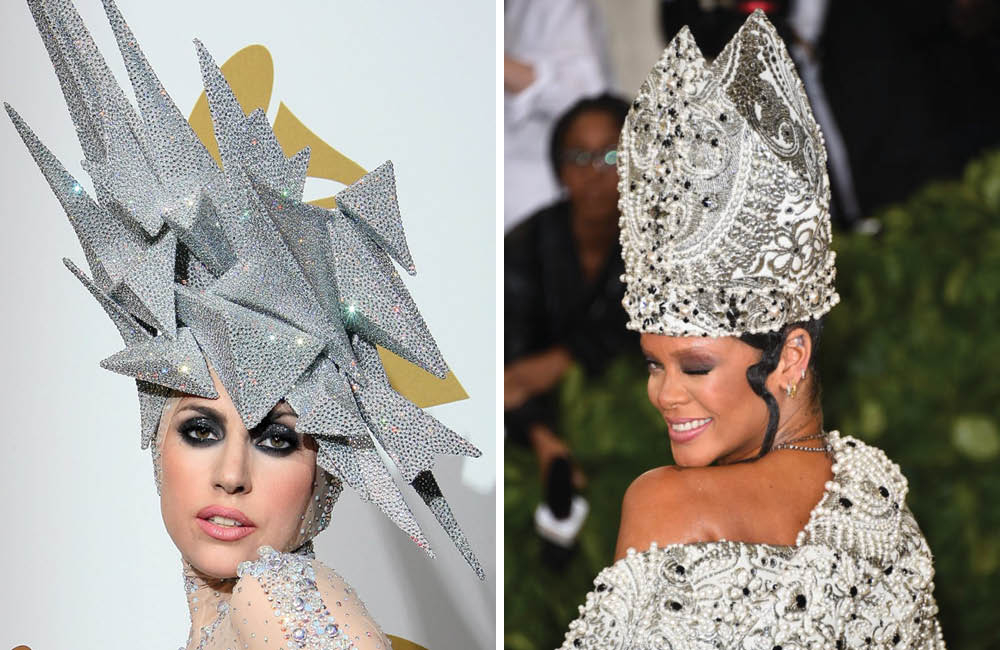
Above, Lady Gaga is pictured wearing millinery by Philip Treacy (left) and Rhianna is wearing a Stephen Jones headpiece (right).
Moving Foward with Millinery
As for the future of millinery, new techniques and materials such as thermoplastics and laser cutting make the possibilities very exciting. For today’s milliner, it is important to know where modern styles originated and how and why they developed. Studying historical designs can be a great source of inspiration for your own millinery creations.
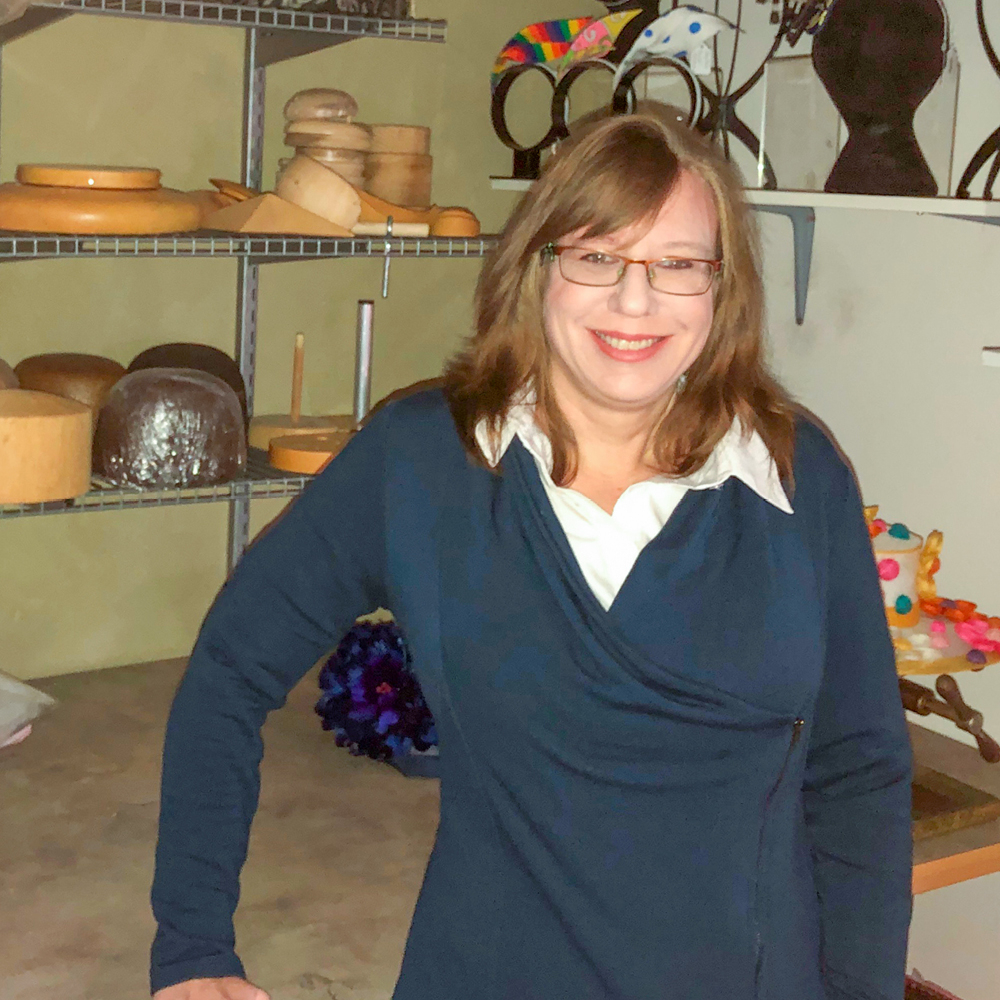
About the Author
Amy Fowler is the creator of the bespoke, California-based Millinery by Amy Fowler label. She also runs Humboldt Haberdashery, an online millinery supplier.
See Amy’s full bio HERE.
Popular Articles
Latest e-Magazine
Featured Supplier

Millinery History
A Brief Overview of the History of Millinery
The Origins of Millinery
Hats have been worn for thousands of years. Initially, they were primarily used for military, religious or survival purposes. It wasn’t until the development of the fashion industry in the 18th century that millinery became a profession.
The word milliner comes from the word Milan. In the Middle Ages, the Italian city was the hub of the world’s textile and fashion trade. Those making fashionable ladies hats became associated with the city because of the materials they used.
While a hatter made hats for men, a milliner came to mean someone who made or trimmed women’s hats and millinery was a profession primarily occupied by women. In the 1822 drawing above, artist John James Chalon depicted a millinery shop in Paris.

Modern culture and design innovations have moved millinery into fashion for all genders. Fashion icon Billy Porter (above), a supporter of up and coming milliners as well as high end designers, is an exciting example of this shift.
20th Century Millinery History
In Europe and North America, the wearing of hats used to be commonplace. Regardless of status, income or age, it was good etiquette to have a hat on your head when leaving the house.
After the first World War, greater numbers of women moved into the workforce and most hat styles became more practical. In the 1940s and 50s, America led the millinery industry with designers like Mr. John, Lilly Daché and Bes-Ben. In the UK, hat making legends like Otto Lucas, John Boyd and Mitzi Lorenz built millinery empires.
As the years went by and fashions changed, however, working women began to find hats impractical for daily wear. New hair styles, along with the major social changes of the 1960s-70s, also contributed to the decline of the millinery industry.
Thankfully, the 1980s saw British Royalty like Queen Elizabeth II and Princess Diana helping to bring hat wearing back into style. Through their support, and the rise in popularity of social events like Royal Ascot, a new generation of millinery designers began to emerge.
Artists such as Philip Treacy and Stephen Jones used influences from the pop and club scene to create cutting edge headpieces. Working with designers such as Dior, Chanel, Gaultier and Galliano, their work began to be showcased on the biggest catwalks in the world. As a result, headwear became a sculptural art form and status symbol, with exhibition pieces shown in museums.

Above, Lady Gaga is pictured wearing millinery by Philip Treacy (left) and Rhianna is wearing a Stephen Jones headpiece (right).
Moving Foward with Millinery
As for the future of millinery, new techniques and materials such as thermoplastics and laser cutting make the possibilities very exciting. For today’s milliner, it is important to know where modern styles originated and how and why they developed. Studying historical designs can be a great source of inspiration for your own millinery creations.

About the Author
Amy Fowler is the creator of the bespoke, California-based Millinery by Amy Fowler label. She also runs Humboldt Haberdashery, an online millinery supplier.
See Amy’s full bio HERE.
